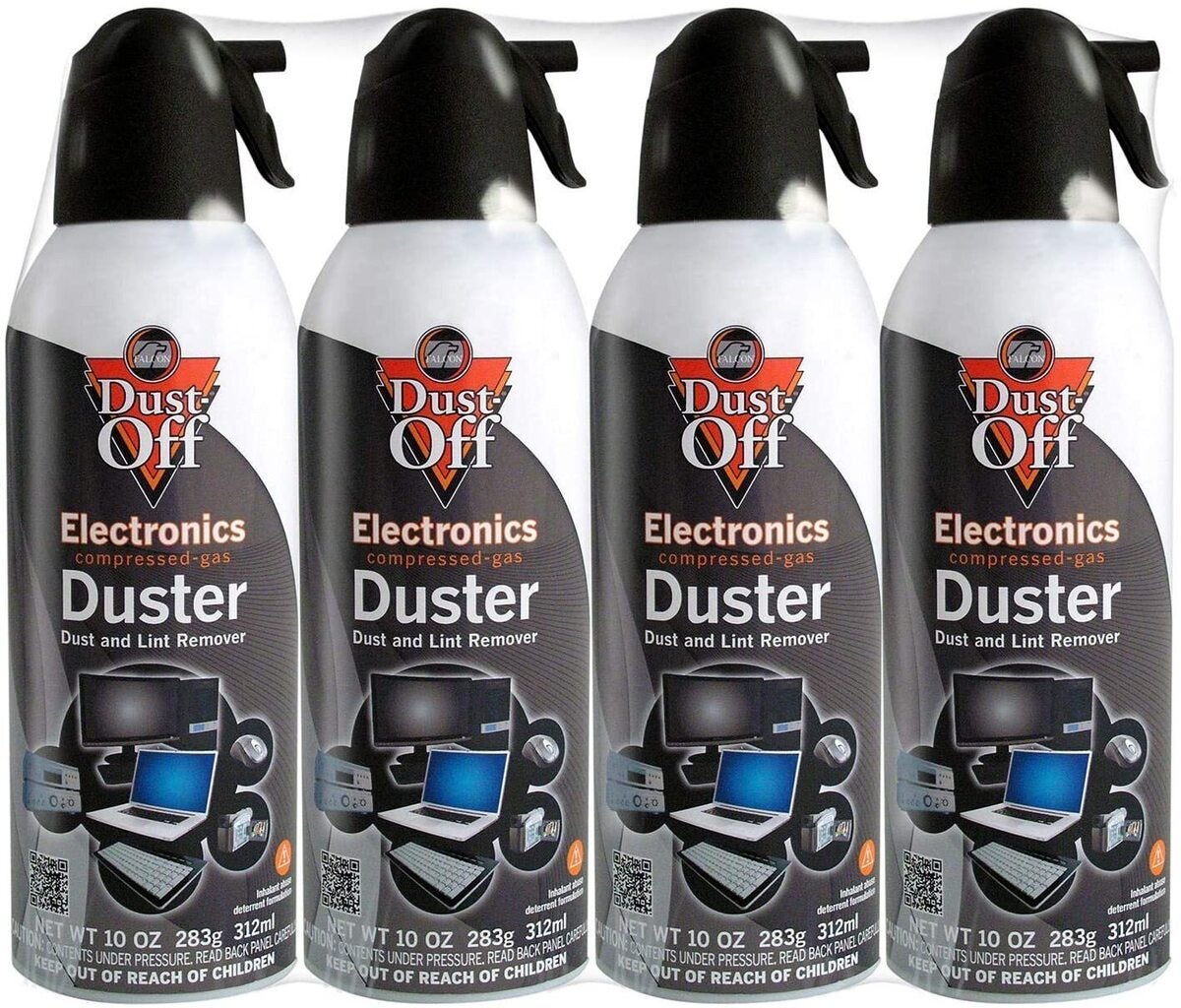[ad_1]
Q: I’ve had my computer several years now, and I was wondering if I needed to clean it—and if yes, the right way to do it.
A: Over time, computers do accumulate dust (and fur, if you have pets) within their interiors. This happens because the intake fans suck in air to help cool your system, and any free-floating particles in your environment get pulled in, too. As a result, in multi-pet or smoking households, build-up can pile up faster. Same too for homes in areas with big wildfires.
Layers of grime can reduce the efficiency of fans, which can in turn affect your PC’s performance, so it is ideal to clean them semi-frequently. For folks with less particulate in the air, that can be once a year. For others, it may be several times a year. The easiest way to figure out a cleaning schedule is to visually inspect your machine. If you can see a thin spread of dust on your parts, it’s time. Do that often enough and you’ll know about how often to check up on your PC.
(Like with so many other cleaning tasks, the sooner you hop to it, the less work it takes. You’ll do more maintenance, but it involves less overall work per session.)
The main tool of defense against dust is compressed air—these pressurized cans shoot out a dense stream of air you can use to blast away everything caking your PC parts. Hold it several inches away from the component and fire off quick, short bursts. On laptops, focus primarily on the intake fans. You may not even need to open up a notebook to get access to them. No matter what type of system you’re cleaning, however, it’s ideal to do it outdoors as this procedure will send gigantic puffs of dust into the air.
 Amazon
AmazonCompressed air can be easily purchased from most major retailers, and often in multi-packs. For a more environmentally friendly option, you can instead purchase a handheld air duster.
On desktop PCs, also check to see if your case has any dust filters. (They’re most commonly found at the front, top, and bottom of the chassis—all spots where intake fans might be.) These filters can become completely lined with dust and fur, as they’re typically the first line of protection against build-up. Most are removable and can be rinsed with water (or water and soap, if you’re dealing with oily or sticky debris) and then left to air dry before reinstalled. Otherwise, wipe them down. If they’re really dirty, you can gently take a toothbrush to them to clear dust from the gaps in the mesh.
For any particularly stubborn or hard-to-reach areas, you can use pure isopropyl alcohol and a cotton swab. Use a light touch on any circuit boards, like your motherboard.
As for the outside of a laptop, you can use baby wipes on the lid to get your machine in tip-top shape, as well as peripherals like your keyboard and trackpad. Only use damp wipes (not soaking wet ones) to avoid potential liquid damage. Rubbing alcohol plus cotton swabs also work well.
Caution: We don’t advise using a household vacuum cleaner when degunking the inside of your desktop PC or laptop. People who are very familiar with computer building can get away with it, but most of us in that group still don’t risk it. I might know which parts are delicate and how much safe clearance is needed around them, but it’s always possible to slip or have an accident. RIP motherboard.
[ad_2]
Source link